Educating blind students requires specific strategies and adaptations to ensure that they receive an inclusive and effective learning experience. Teachers play a crucial role in creating a supportive environment where blind students can thrive academically and socially. By employing the right methods and tools, teachers can make learning more accessible, engaging, and successful for students with visual impairments. Here are several teaching tips for blind students:
1. Embrace Alternative Formats for Instruction
Blind students rely heavily on their other senses, so it is essential to use alternative formats that cater to their needs. This includes:
- Braille: Providing written materials in Braille is essential for blind students who are proficient in reading it. Textbooks, worksheets, and assignments should be available in Braille, and teachers can consider providing tactile diagrams to help explain concepts.
- Audio Resources: Incorporating audio formats, such as audiobooks, podcasts, and recorded lectures, can help blind students access written content. Teachers should consider offering recorded instructions or lessons to allow students to review content in their own time.
- Text-to-Speech Software: These tools can read aloud digital text on computers or smartphones. Teachers can make use of speech output technology to ensure students can access written resources easily.
2. Use Tactile Learning Materials
Blind students benefit from tactile materials that allow them to engage with content in a hands-on way. Examples of tactile learning materials include:
- Tactile Maps and Graphs: When teaching geography, mathematics, or science, tactile maps and graphs can help students understand spatial relationships, shapes, and data.
- 3D Models: In subjects like science, where physical understanding of objects is essential, 3D models or objects that students can feel help in grasping complex concepts.
- Raised-Line Drawings: Raised-line drawings are useful in explaining diagrams and charts. These drawings enable blind students to trace figures or illustrations to understand them.
3. Adapt Classroom Environment
A well-organized and accessible classroom can make a significant difference in a blind student’s learning experience. Teachers can:
- Ensure Clear Pathways: A clutter-free classroom ensures that students can move around independently without obstacles. Clearly marking pathways and keeping furniture in consistent positions can prevent accidents.
- Use Contrast and Color Coding: When possible, use high-contrast colors and textures to differentiate items. For instance, using a different fabric texture on the edges of desks or bookshelves can help blind students locate objects.
4. Use Verbal Descriptions
For students who are blind or visually impaired, teachers should provide detailed verbal descriptions when explaining visual content. This can include:
- Describing the Environment: When discussing a visual activity, such as reading a picture book or observing a scientific experiment, teachers should describe the scene in detail, including colors, shapes, positions, and actions.
- Providing Clear Instructions: Verbal clarity is vital when guiding students through tasks, especially for those who may not have immediate access to written materials. Teachers should give clear, step-by-step instructions and be patient when students need additional time to understand or complete tasks.
5. Encourage Peer Support and Group Learning
Peer learning can be an effective way for blind students to interact with sighted students and gain a broader understanding of the material. Teachers can:
- Pair Students with Peers: Pair blind students with sighted peers who can help describe visual content and assist with activities. This collaboration also promotes empathy and inclusivity in the classroom.
- Collaborative Projects: Group work encourages all students to contribute and learn from each other. By organizing group activities, teachers can create an inclusive environment where blind students are able to participate actively, with the support of their peers.
6. Use Technology to Enhance Learning
Technology has revolutionized the way blind students can engage with their studies. Several tools can aid in learning:
- Screen Readers: Software like JAWS or NVDA (NonVisual Desktop Access) reads aloud text displayed on a computer screen, allowing blind students to interact with digital content.
- Speech Recognition Software: Programs like Dragon NaturallySpeaking allow students to dictate text to a computer, which can be particularly useful for writing assignments or taking notes.
- Accessible Educational Apps: There are several apps designed specifically for blind students, such as Braille learning apps or voice-controlled learning platforms. Teachers should explore and recommend these apps to enhance engagement.
7. Implement a Multi-Sensory Approach
Since blind students rely on their senses of touch, hearing, and smell, a multi-sensory approach can enhance their learning experience. Teachers should:
- Incorporate Sound in Lessons: Use audio cues and sounds to convey meaning, whether through music, verbal explanations, or environmental sounds.
- Encourage Tactile Exploration: Allow students to feel objects, textures, or materials that relate to the lesson. For instance, in science, students can touch various materials to learn about their properties.
- Use Movement: In physical education or other subjects, integrating movement into learning helps blind students understand concepts through their sense of touch and proprioception.
8. Provide Extra Time and Patience
Blind students may need additional time to complete assignments, tests, or other classroom activities. Teachers should:
- Allow Extra Time for Tasks: Blind students often take longer to read Braille materials, complete written assignments, or navigate the classroom. Providing extended time for tasks allows them to complete their work without feeling rushed.
- Be Patient with Questions: Blind students may need more time to process information or to ask questions, especially if the task requires more complex instruction. Teachers should be patient and willing to provide extra help.
9. Focus on Building Independence
While support is vital, it’s also essential to help blind students develop independence. Teachers can:
- Encourage Self-Advocacy: Teach students to advocate for their needs, whether that’s requesting accommodations or expressing challenges they may be facing.
- Promote Life Skills: Providing blind students with practical life skills, such as using mobility aids or developing time management strategies, is crucial for their success in and outside the classroom.
10. Foster an Inclusive Environment
Creating an inclusive classroom culture is essential for the success of blind students. Teachers should:
- Promote Awareness: Educate the entire class about blindness and visual impairments to foster empathy, reduce stigma, and create an environment where all students feel valued and respected.
- Celebrate Diversity: Encourage discussions about different abilities and celebrate diversity. This helps blind students feel accepted and ensures that all students understand the importance of inclusion.
Conclusion
Teaching blind students requires creativity, flexibility, and a commitment to making learning accessible. By implementing these teaching tips, teachers can create an enriching educational experience for blind students, enabling them to thrive academically, socially, and emotionally. The key is to use alternative formats, tactile resources, technology, and personalized support, while maintaining high expectations for all students. With the right approach, blind students can achieve success and become confident learners.
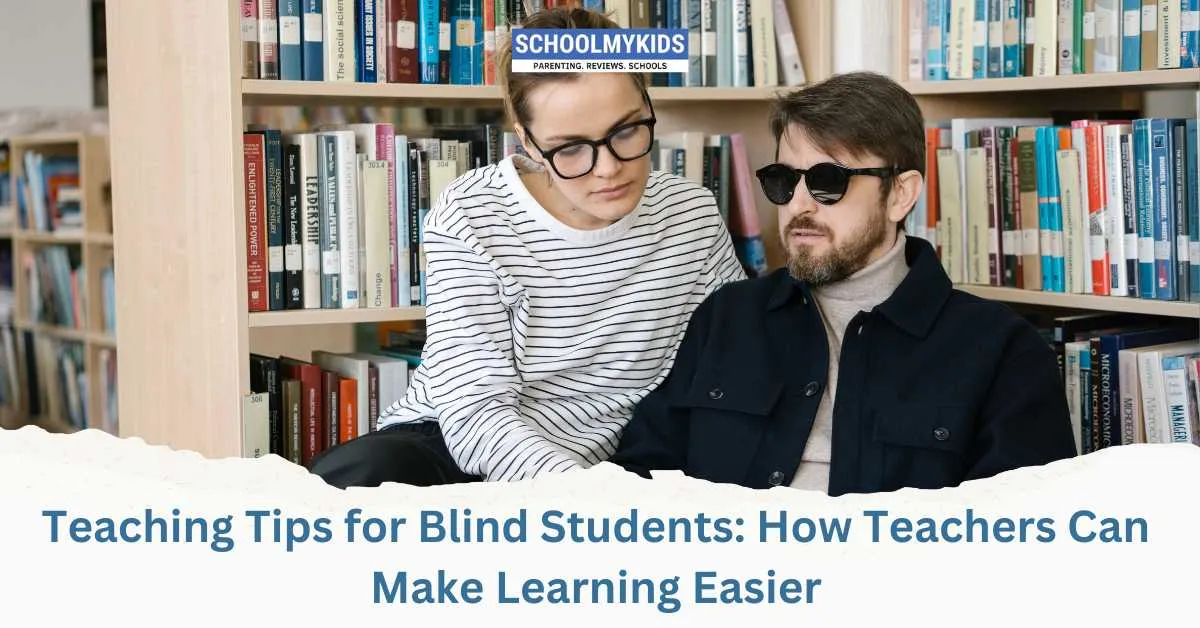
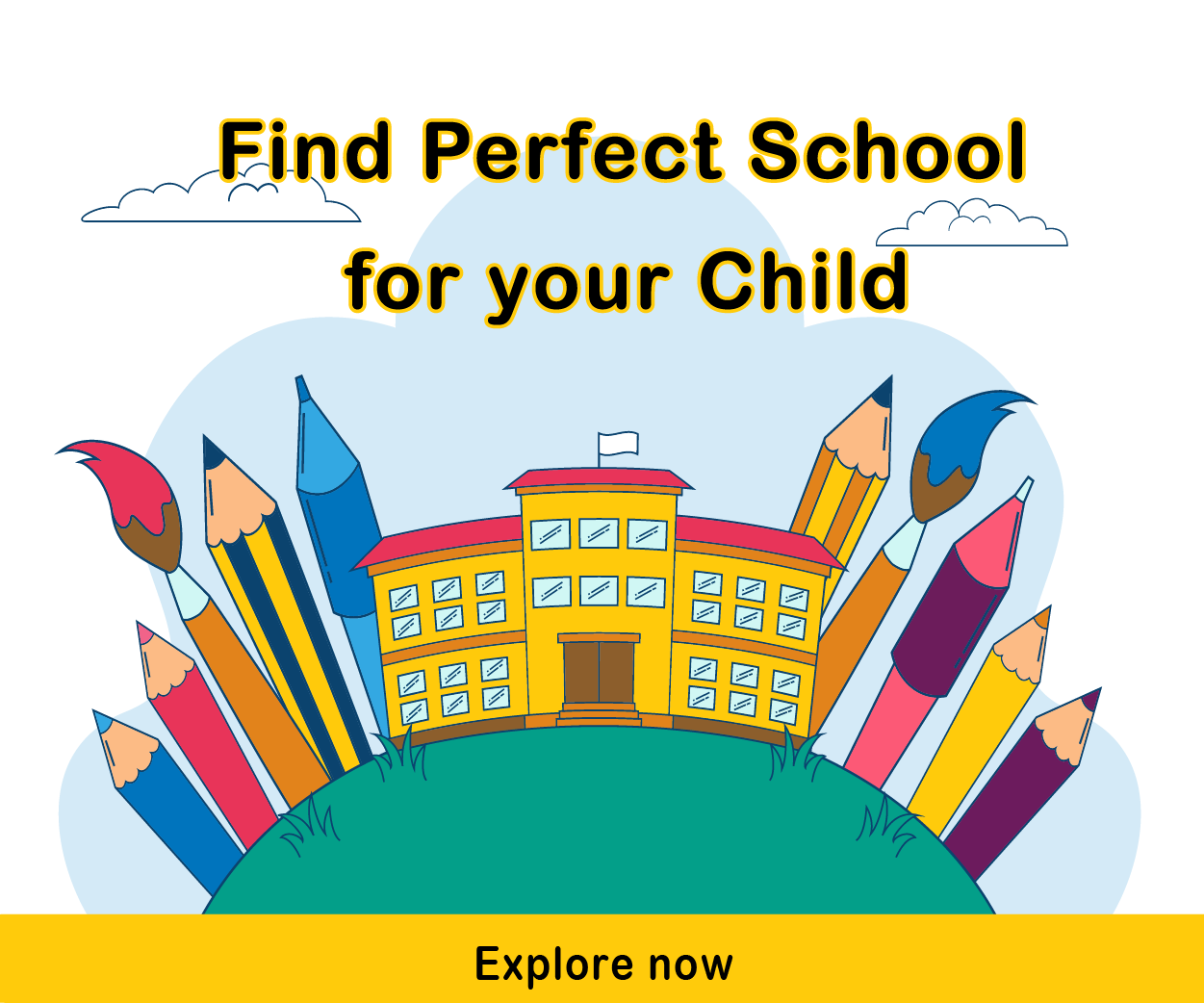


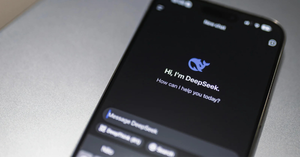

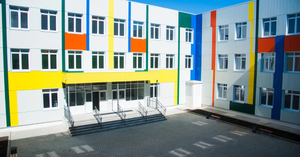

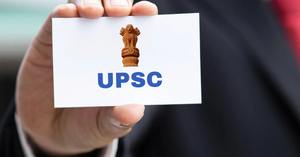
Be the first one to comment on this story.